115 Years, 115 Impactful Moments
Click to play USC Viterbi's 115th anniversary trivia game
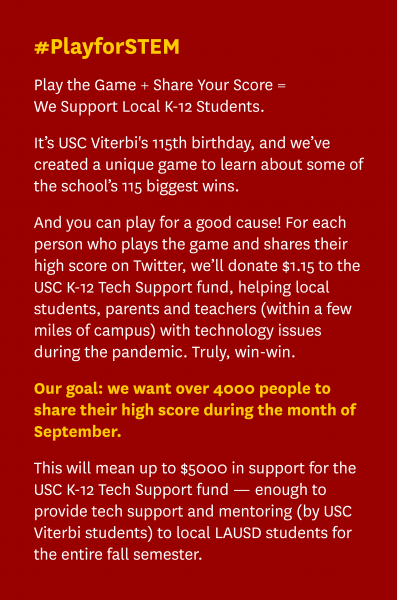 In 1905, USC offered its very first engineering courses out of the physics and mathematics departments.
In 1905, USC offered its very first engineering courses out of the physics and mathematics departments.
One hundred and fifteen years later, the USC Viterbi School of Engineering has a name and a host of accomplishments over the ensuing 11.5 decades.
This past May, Dean Yannis Yortsos, working with USC Viterbi vice deans, chairs, and select senior faculty, sought to identify 115 amazing USC Viterbi accomplishments by faculty, students and alumni over that span of time. This list would span all eight departments, the famed USC Information Sciences Institute and various programs of the school.
This list, like many of its kind, suffers from a clear recency bias. It is by no means the definitive list of all the USC Viterbi School’s noteworthy accomplishments! However, despite these limitations, perhaps it will serve as a helpful primer on what George Bekey, USC Viterbi professor emeritus, once called the school’s “remarkable trajectory.”
Test your knowledge of these USC Viterbi “wins” in a “Who Wants To be A Millionaire”-style interactive game above.
Or, for those who prefer to dive right in…the full list of 115 accomplishments for 115 years awaits.
Information Sciences Institute
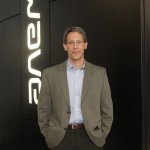
The USC-Lockheed Martin Quantum Computing Center (QCC), led by USC professor Daniel Lidar and ISI’s Robert F. Lucas, launches in 2012. Utilizing the world’s first commercial adiabatic quantum processor, the D-Wave One, USC remains the only university in the world to be hosting and operating a commercial quantum system.
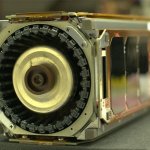
The first commercial space vehicle is launched by Space Exploration Technologies (SpaceX) in 2010, carrying a communications nano-satellite developed in part by ISI and its Space Engineering Research Center (SERC).
Similarly, in 2012, a nano-satellite designed and built at ISI and USC is launched successfully.
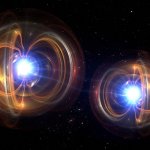
Quantum researcher Federico Spedalieri of ISI witnesses the “entanglement effect” in 2014, demonstrating that the D-Wave system is actually performing quantum processing.

Development of the first packet radio terminal concept is led by Tom Ellis at ISI in 1979.
A forerunner of the modern smartphone, the system proposes communicating by radio with the help of a keyboard and display screen.

In 1974, ISI develops the first portable remote-access terminal, a significant step in the evolution to laptop computers. The terminal is used by the director of the Defense Advanced Research Projects Agency (DARPA), which supports ISI and the burgeoning ARPANET.

ISI partners with UC Berkeley on Cyber Defense Technology Experimental Research (DETER) in 2004, a major cybersecurity testbed.
Led by ISI’s Terry Benzel, DETER has spun off three innovative new testbeds, three international partner testbeds, and won a DHS Award in 2017.

In 1971, Keith Uncapher, who heads RAND Corporation's computing group, approaches USC about creating a computer science institute, and the Information Sciences Institute (ISI) is launched five days later.
ISI, known as USC’s “crown jewel” research institute, has been led by prolific scientists such as Herbert Schorr and Prem Natarajan, who led the expansion of ISI to Arlington, VA, and Waltham, MA, respectively, and Craig Knoblock, the current ISI Michael Keston Executive Director.

Pegasus software, whose development is led by ISI's Ewa Deelman, is instrumental in detecting gravitational waves in 2016, contributing to a Nobel Prize.
The long-awaited discovery, predicted by Einstein’s Theory of Relativity and made by Laser Interferometer Gravitational-Wave Observatory physicists, is among hundreds of projects and millions of workflows managed with Pegasus.
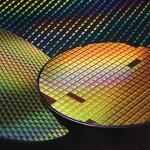
In 1981, ISI's Danny Cohen creates the breakthrough Metal Oxide Semiconductor Implementation Service (MOSIS).
Likely the world’s first e-commerce site, MOSIS slashes chip production costs by consolidating multiple customers’ projects onto shared wafers.

In 1997, ISI's Carl Kesselman, in partnership with Argonne National Laboratory and University of Chicago colleagues, creates grid computing, the prototype for the now-standard Globus open-source software.
Grid computing becomes fundamental to genetics and other data-intensive research, and has so far contributed to a Nobel Peace Prize and two Nobel Prizes in Physics.
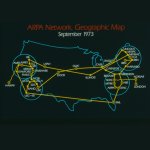
USC ISI designs an interface for ARPANET in 1972, which later becomes the basis of the internet.
Over the next several decades, ISI plays a pivotal role in creating and managing ARPANET/internet, including its core concepts, technical standards, and ongoing functionality.

The internet's pivotal Domain Name System (DNS) is invented by ISI researcher Paul Mockapetris in 1983.
The DNS works as a phone book directory for the internet, automatically translating text addresses, which humans can understand and remember, to numerical addresses that computers can understand.



